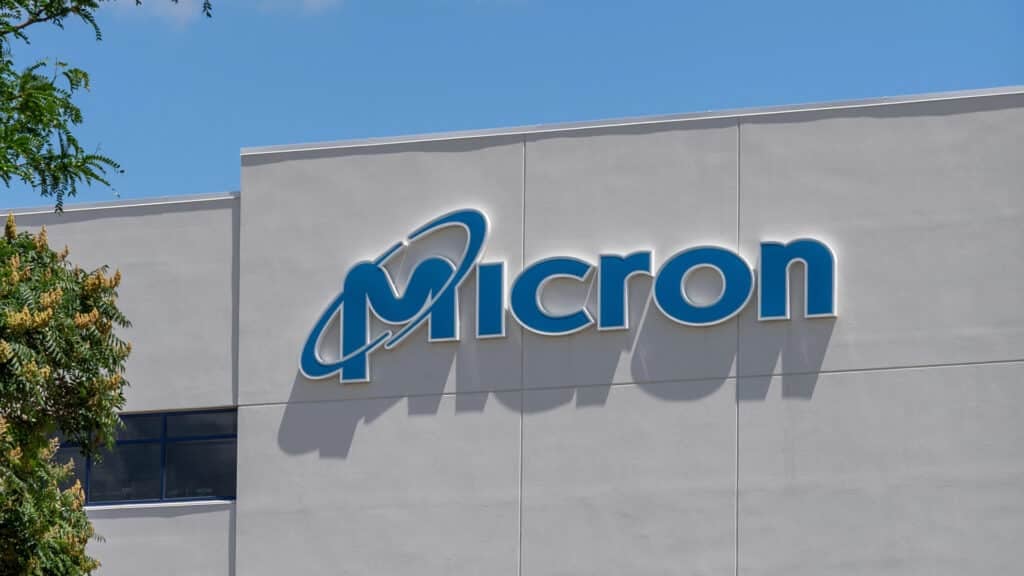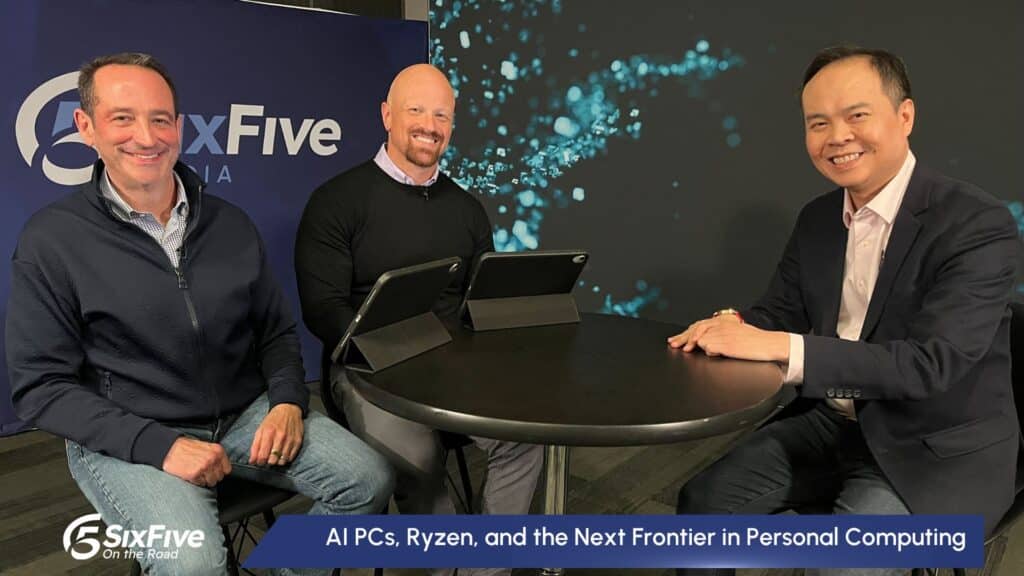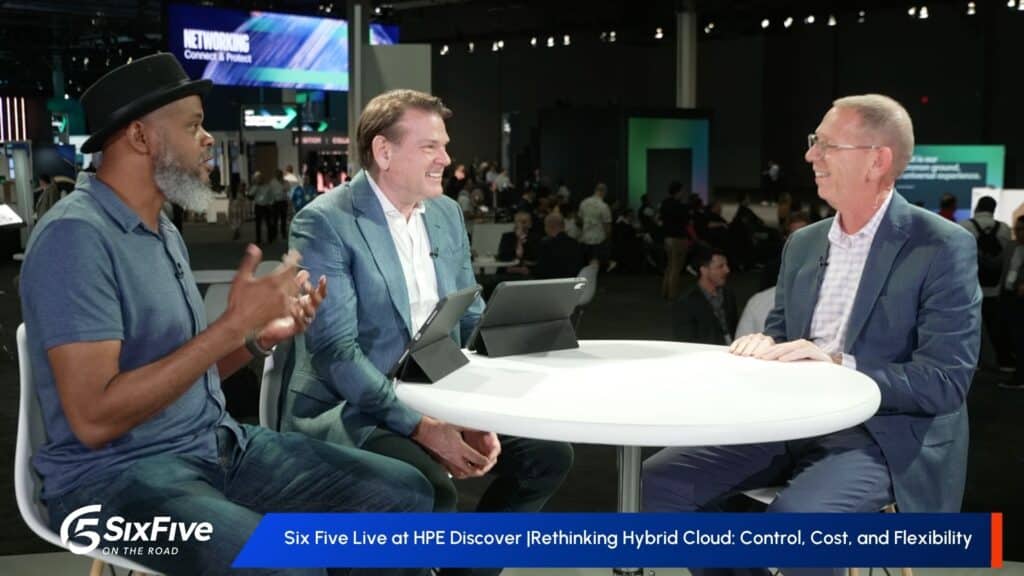The News: AWS makes announcements around AI infrastructure. Read the announcement blog here.
Navigating the Expanding Landscape of AI Workloads
Analyst Take: The AI world is evolving at a breakneck pace, with generative AI models becoming increasingly complex and data-intensive. This rapid growth has led to a surge in demand for robust, scalable, and efficient infrastructure solutions. As businesses seek to deploy AI workloads effectively, they are met with a multitude of options, ranging from custom silicon provided by hyperscale cloud providers to diverse accelerated computing platforms. This research note delves into the intricate landscape of AI infrastructure, focusing particularly on the technical advancements announced by Amazon Web Services (AWS) and exploring what lies ahead in this dynamic domain.
In AI, the quest for efficiently deploying workloads at scale is paramount. Customers are constantly looking for solutions that cater to their specific needs and align with broader objectives such as cost-effectiveness, performance optimization, and sustainability. The market is replete with options, including bespoke silicon solutions offered by major cloud providers, each vying to address these multifaceted requirements. This diverse ecosystem presents both opportunities and challenges for organizations looking to harness the power of AI.
The foundation of generative AI lies in its ability to process extensive data sets, often comprising billions of parameters. This processing demands a formidable infrastructure, with a heavy reliance on hardware accelerators such as GPUs and custom ML silicon. Key considerations for selecting infrastructure include accelerated computing, high-performance storage, cutting-edge technology, and seamless integration of cloud services. These factors collectively influence the overall efficiency and effectiveness of AI models.
AWS’s Role in Shaping the AI Infrastructure Landscape
Organizations require a suite of sophisticated and efficient tools and technologies to run training and inference for foundational models (FMs) successfully. Essential to this suite is price-performant accelerated computing, which includes the latest GPUs and dedicated ML Silicon, to power large generative AI workloads effectively. Alongside this, high-performance and low-latency cloud storage are critical to ensure that accelerators are utilized to their maximum capacity. Additionally, the most advanced and efficient technologies, networking, and systems are necessary to support the robust infrastructure needed for generative AI workloads. Equally important is the capability to build with cloud services that offer seamless integration across a range of generative AI applications, tools, and infrastructure, enabling a cohesive and efficient AI development environment.
Amazon Elastic Compute Cloud (Amazon EC2) stands at the forefront of providing accelerated compute in the cloud, with its portfolio encompassing GPUs and purpose-built ML silicon. AWS’s focus on ensuring high data throughput and utilization via services like Amazon FSx for Lustre and Amazon S3 is noteworthy. Additionally, AWS’s advanced technologies, such as AWS Nitro System, Elastic Fabric Adapter, and EC2 UltraClusters, exemplify the company’s commitment to delivering top-tier infrastructure for generative AI workloads.
Technical Announcements from AWS
The core announcements outlined by AWS include:
- AWS Compute Enhancements: The launch of Amazon EC2 Trn1n instances marked a significant step, offering doubled network bandwidth and up to 20% faster training times for AI models. This enhancement addresses the growing complexity of models like LLMs and MoEs. The introduction of Trainium2 accelerators and Amazon EC2 P5 Instances further underscores AWS’s dedication to improving training efficiency and cost-effectiveness.
- Cloud Storage Advancements: AWS has made strides in optimizing storage performance, crucial for ML tasks and inference requests. Innovations like Amazon S3 Express One Zone and Amazon S3 Connector for PyTorch enhance data access speeds, making them ideal for intensive ML operations.
- Networking Upgrades: The introduction of EC2 UltraCluster 2.0 and Amazon EC2 Instance Topology API demonstrates AWS’s focus on reducing latency and optimizing network efficiency, vital for handling expansive AI workloads.
Looking Ahead
As we anticipate the future of AI infrastructure, AWS’s contributions have set a benchmark in the industry. This is validated by the fact that AWS has consistently expanded its investment in GPU infrastructure to the extent that NVIDIA has implemented 2 million GPUs on AWS, encompassing both the Ampere and Grace Hopper generations of GPUs. This deployment equates to an impressive 3 zetaflops, equivalent to the combined power of 3,000 exascale supercomputers.
The company’s enhancements in compute, storage, and networking infrastructure, coupled with tools such as AWS Neuron and Amazon SageMaker HyperPod, exhibit a deep understanding of the evolving needs of AI workloads. These advancements are crucial in facilitating the rapid development and deployment of AI models and paving new avenues for innovation across various sectors.
AWS’s recent announcements underscore their dedication to making generative AI more accessible and efficient for diverse customers. The progress in compute, storage, and networking infrastructure represents more than just technical achievements; they are key in shaping the future of AI. This evolution empowers businesses to reimagine and transform possibilities, reinforcing AWS’s central and influential role in driving this transformation.
To successfully execute training and inference for foundational models (FMs), organizations require an infrastructure that integrates several key elements. Firstly, price-performant accelerated computing, including the latest GPUs and dedicated ML Silicon, is essential to power substantial generative AI workloads. Additionally, high-performance and low-latency cloud storage are vital to maintaining high utilization of accelerators. The infrastructure must also incorporate the most performant, state-of-the-art technologies, networking, and systems. Lastly, there is a need for the capability to construct with cloud services that offer seamless integration across a spectrum of generative AI applications, tools, and infrastructure.
In essence, AWS’s comprehensive approach to enhancing its AI infrastructure components reflects a strategic commitment to advancing AI technology, enabling organizations to harness the full potential of AI for transformative outcomes.
Disclosure: The Futurum Group is a research and advisory firm that engages or has engaged in research, analysis, and advisory services with many technology companies, including those mentioned in this article. The author does not hold any equity positions with any company mentioned in this article.
Analysis and opinions expressed herein are specific to the analyst individually and data and other information that might have been provided for validation, not those of The Futurum Group as a whole.
Other Insights from The Futurum Group:
The Six Five On the Road at AWS re:Invent with Matt Yanchyshyn
Growing the IBM-AWS Alliance – The Six Five on the Road at AWS re:Invent 2023
Author Information
Steven engages with the world’s largest technology brands to explore new operating models and how they drive innovation and competitive edge.





